Building Green: How Your Home Ties Into Its Community
http://decor-ideas.org 03/07/2015 22:13 Decor Ideas
Though the term “green” has become associated with ecological building practices, its overuse has made its meaning hard to pin down. Some define it as being less harmful or more sensitive to the environment. This is the concept promoted by organizations that encourage careful building practices while taking ecological impact into consideration. What you might find surprising is that there are hundreds of ways you can become less harmful and more sensitive to your environment when buying, building or remodeling your home.
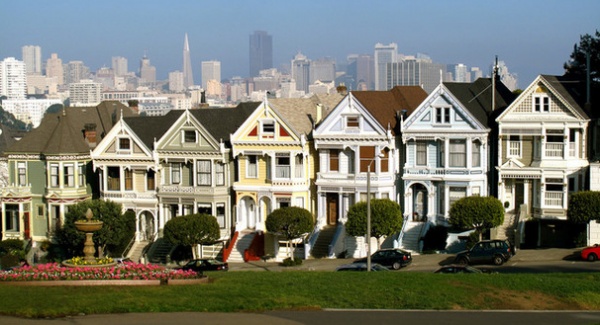
The Many Facets of ‘Green’
A San Francisco Bay Area nonprofit organization called Build It Green promotes awareness and implementation of green building techniques with its GreenPoint Rated checklists. Some Bay Area communities require a checklist to be submitted with plans for a building permit.
The checklists go into great detail for new and existing homes and award points for specific elements you can include in your project to show that you are building with sensitivity and care for nature. In some cases you may be required to demonstrate that your project earns a minimum number of points to obtain the permit.
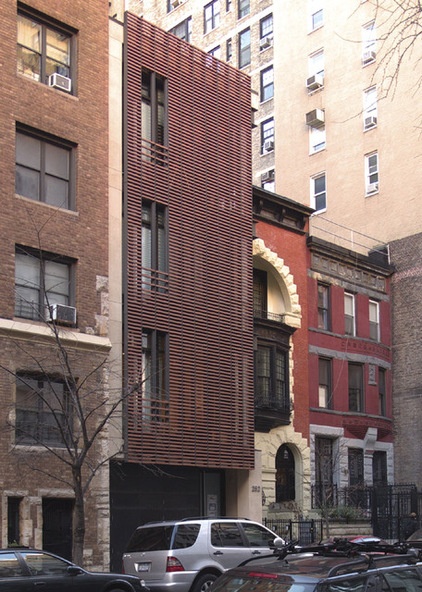
Build It Green’s checklist for existing homes includes 16 categories, each of which has a number of environmental considerations:
CommunitySiteFoundationLandscapeStructural frame and building envelopeExterior finishInsulationPlumbingHVACRenewable energyBuilding performanceFinishesFlooringAppliances and lightingOtherInnovationsPart I: Community
In the new series launching with this story, we will look at these categories in depth, starting with Community. Here are some specific ways a home’s relationship to its community can affect its — and your — environmental footprint.
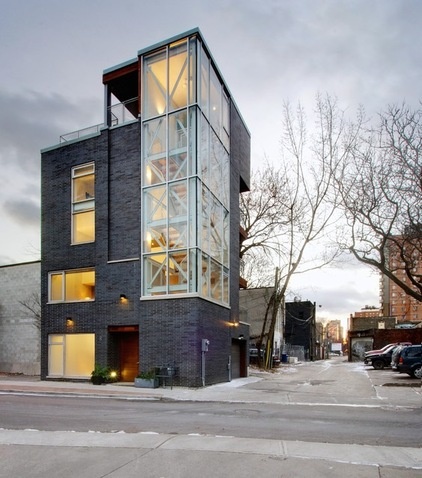
Transit Proximity
While many of us depend on, and even love our automobiles, including me, using alternatives to this mode of transport relieves traffic congestion and mitigates fossil fuel consumption. Mass transit access within a half mile (800 meters) of a residence encourages use of those systems. This distance can be walked in about 10 minutes on average. When walks exceed 30 minutes, or a distance of about 1½ miles (2.4 kilometers), people are more likely to depend on their cars.
So, if you are shopping for a house or an apartment and your job will take you to the urban core, where parking is expensive or even unavailable, the ideal home would be located within a half mile to 1½ miles (.8 to 2.4 kilometers) from the nearest subway, bus or train station that can get you there quickly. The transit ride itself ideally should be 30 minutes or less, or your commute could be exhausting.
This is the reason that real estate near mass transit and job centers is more valuable. Time is money, and yours spent on a long commute is less green — environmentally and financially. Even if you don’t have to depend on mass transit for your job, you might benefit from convenient access to airports, sporting venues or cultural sites.
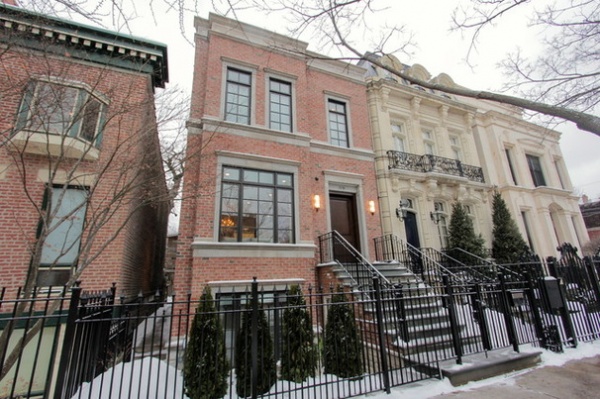
Urban Density
No one is expected to accrue the maximum number of points in each category, so while you may not accrue points for urban density if you live in a house on an acre or more in a suburban, semirural or rural setting, you could make up for that in other ways.
The automobile has given us great freedom to create an autonomous lifestyle. However, it is wise to consider that there are advantages to proximity. When dwelling units reach a density of 10 or more per acre, accessibility to friends, neighbors and services becomes easier and dependence on a car drops. Green advocates encourage urban density. It consumes less land, which leaves more open space for parks and recreation, and allows for more convenient access to social events.
When looking for a place to live, give all of these issues careful consideration and determine which lifestyle will suit you best.
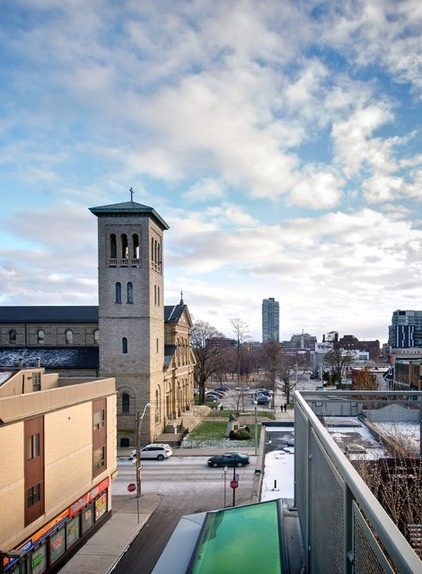
Transit Access
In addition to pedestrian access, alternative modes of transportation should be considered. Look for neighborhoods with dedicated bike paths, pedestrian paths or even bridle paths. These types of communities may also employ traffic-calming features, such as designated bike lanes, narrower automobile lanes that slow traffic and pedestrian street crossings with accessibility features. The GreenPoint checklist awards points for each of these.
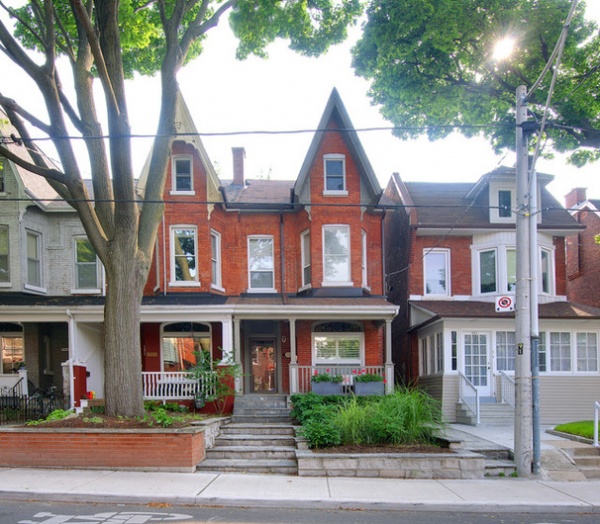
Services
To be certain that you and your family utilize alternative transit, look for neighborhoods with services that you need. Below are several types of establishments that you might wish to have near your home.
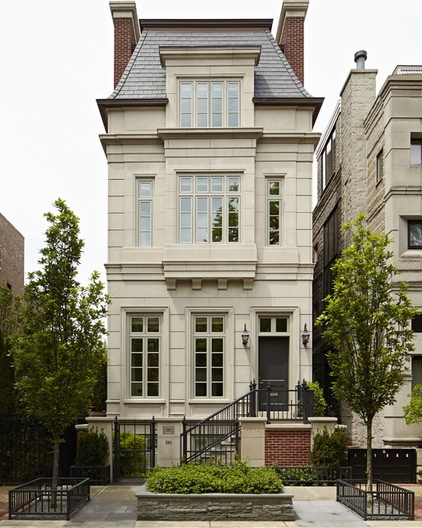
Child-care facilitiesCommunity centersAdult learning centersPublic parkDrugstoreRestaurants Schools and universitiesLibraryFarmer’s marketAfter-school programs Small grocers who sell meat and produceBankReligious facilitiesLaundromat and dry cleanerHardware storeMovie theaterLive entertainmentGym and other fitness facilitiesPost officeSenior-care centersHospitalDoctors and dentists Hair salonCommercial office of major employer Full supermarketYou can earn points on your checklist with combinations of the above.
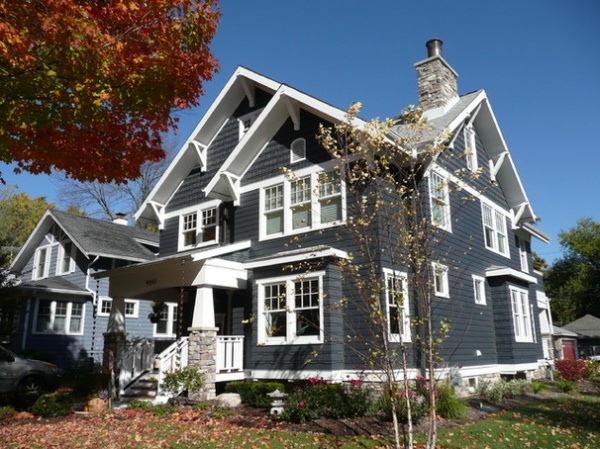
Safety and Social Interaction
There is a good reason that the front porch is so popular. Commonly, the front porch holds the entrance to the home and provides a transition from public to private realms. It’s also a place that encourages interaction with neighbors. This interaction contributes to safer neighborhoods, because residents will quickly know if trouble has arisen by seeing activities that appear to be outside the norm.
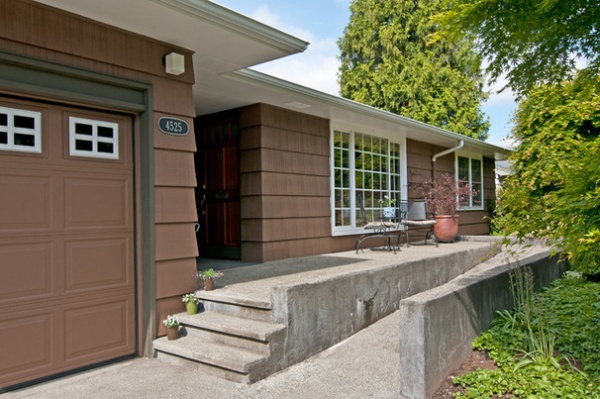
Diversity
Build It Green also gives points for issues surrounding diversity, which helps to include those who might otherwise be physically or monetarily excluded from inhabiting your neighborhood.
When provided with at least one barrier-free entrance to a home, those bound by wheelchairs or other devices will not have to be left out. In addition, interior doors in primary areas of the home should be at least 32 inches wide (82 centimeters), which will allow most wheelchairs to pass through. Having at least one bath fitted with grab bars on the main level of a house gives further access to those with physical limitations.
Even if someone is 30 years old and healthy, these considerations can be beneficial should that person break their leg and be homebound for a time.
Read more about accessibility and universal design
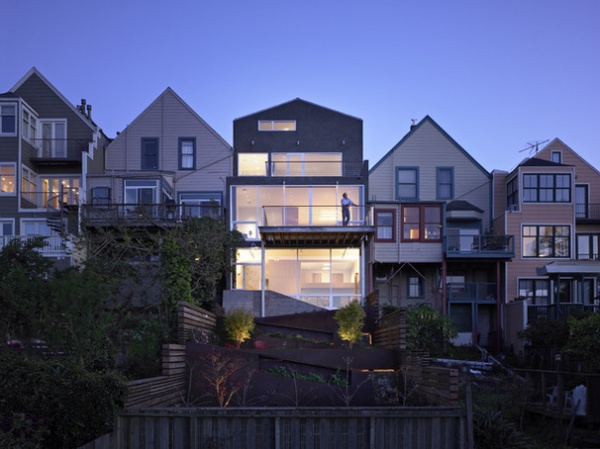
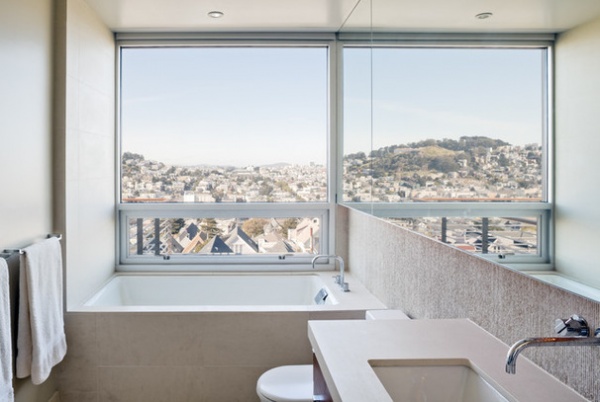
Jane Jacobs famously promoted neighborhoods rich with generational and economic diversity in her landmark book The Death and Life of Great American Cities. Rather than neighborhoods of rows upon rows of identically sized single-family houses, or blocks of anonymous skyscrapers, she believes that to have vitality, towns need older and younger, and richer and poorer, populations in close proximity.
The last point possible in the category of Community on the GreenPoint checklist is having a portion of a property become a rental unit. This can provide in-law quarters, a place for boomerang children and helpful extra income. It is wise to rent apartments with these places, or buy houses with them or where they can be added.
The next article in this series will delve into green building regarding sites and foundations.
See more stories about green building
Related Articles Recommended












